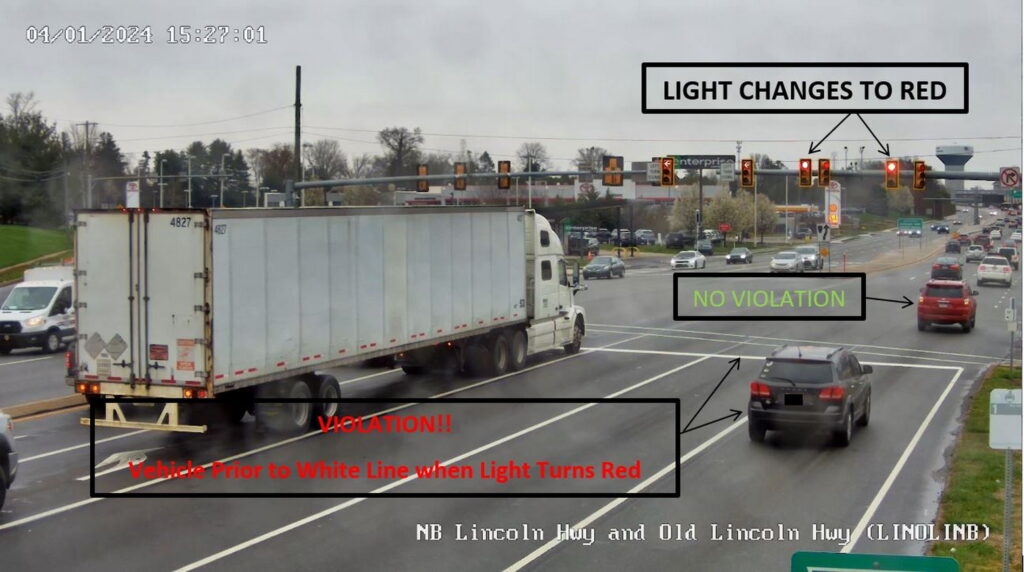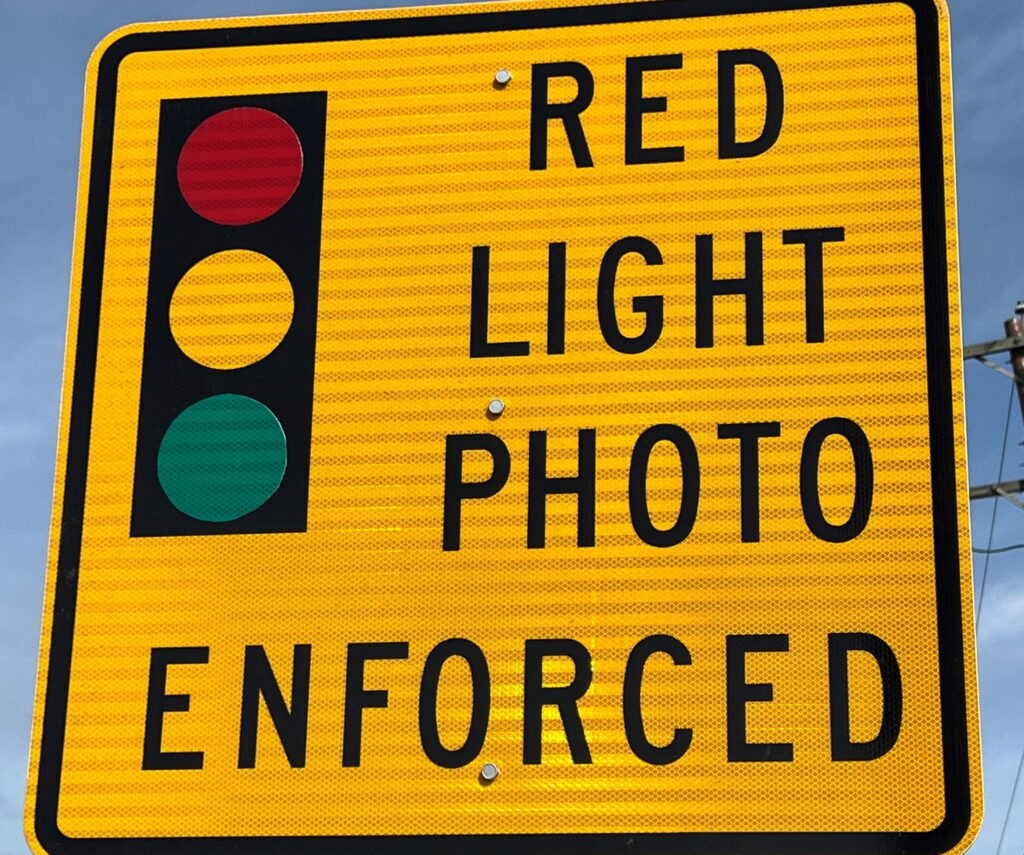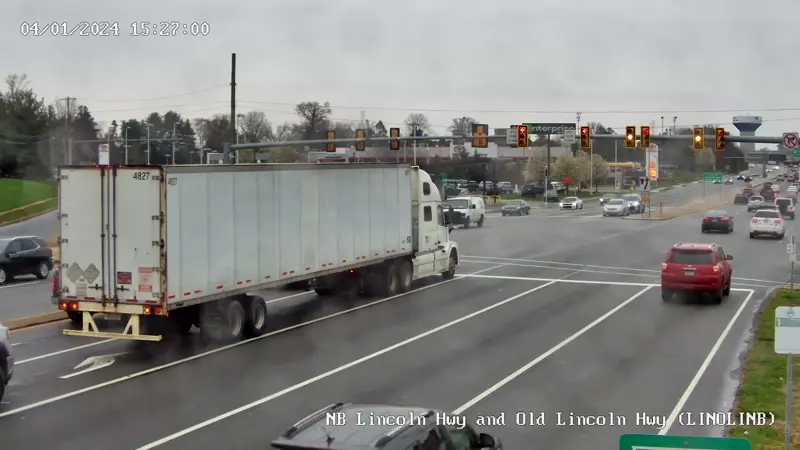- In early April, Bensalem Township installed red light cameras at two crash-prone intersections.
- Within a month, the cameras issued 5,200 warnings to drivers running a red light.
- On June 1, the 60-day grace period ends, and the warnings will become $100 fines.
When you see a green light turn yellow, it can be hard to muster the self-control to slow down rather than speed up and try to make the light. However, drivers in one Pennsylvania township have shown shockingly little control, as newly installed red light cameras caught motorists running a red light 5,200 times in just one month.
Bensalem Police reported the alarming data this week after installing the traffic enforcement devices at two intersections. The township is home to a little over 62,000 people, but is located just outside Philadelphia.
Read: Speeding Car Carrier Runs Red Light, Sends Toyota Corolla Spinning
The cameras were installed at the junction of Street Road at Knight Road and Route 1 at Old Lincoln Highway. Police say they chose these lights because of the high frequency of accidents. 6ABC reports that in the last 10 years, there have been a total of 143 collisions at these intersections, or more than one a month.
It’s worth remembering that although racing to beat a red light can feel like a victimless crime, America’s roads are particularly dangerous right now. Last year, more than 40,000 people died in traffic collisions, and pedestrians are particularly vulnerable, especially at intersections.

Luckily for hurried drivers in Bensalem, the cameras have not been issuing tickets. Until May 31, the traffic enforcement devices will only be sending warnings to drivers who continue through an intersection despite their front wheels being behind the white stop line when the traffic signal turns red.
Starting on June 1, the 60-day grace period ends, and drivers will start receiving $100 fines if they’re caught running a red at these intersections. None of the money collected through these citations go to the Bensalem Police or the township; instead it goes directly to funding the operation of the cameras.





